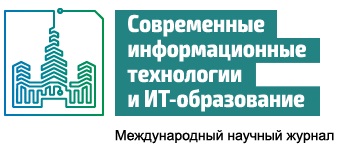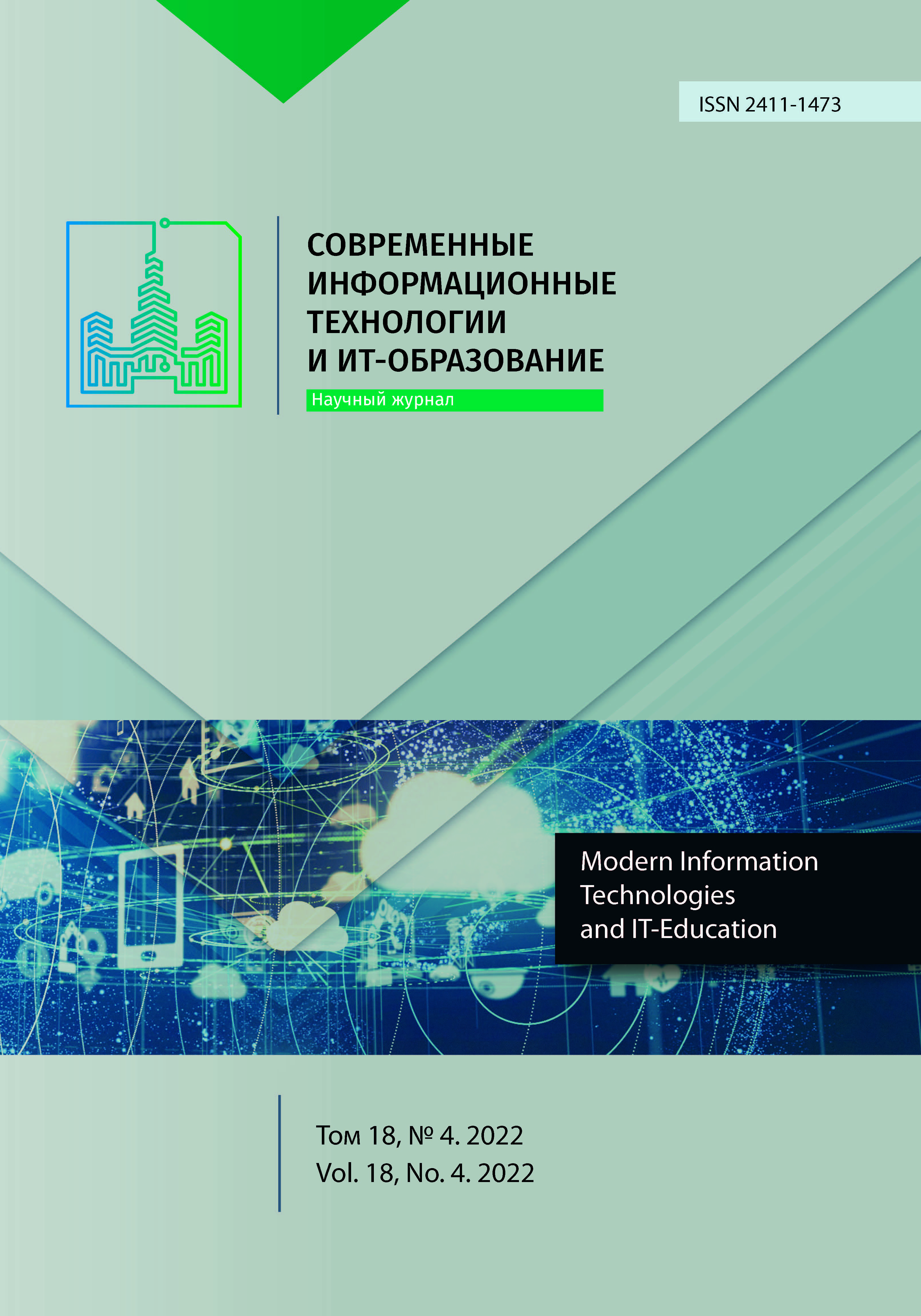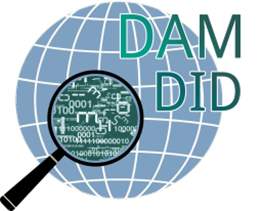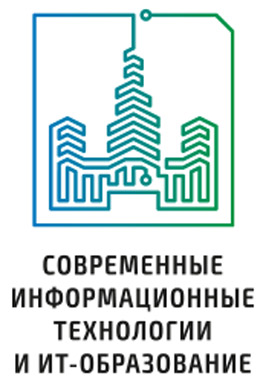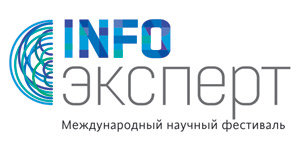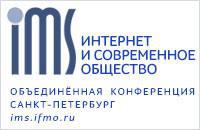Численная схема решения задач, описывающих продольно-поперечные колебания объектов с движущимися границами в разработанном программном комплексе TB-Analisys
Аннотация
Рассмотрена разностная схема численного решения задач, описывающих продольно-поперечные колебания объектов с движущимися границами. Разработанная схема позволяет решать задачу Коши для системы нелинейных дифференциальных уравнений в частных производных с нелинейными граничными условиями, а также учитывать энергетический обмен между частями колеблющегося объекта слева и справа от движущейся границы. По временной переменной сетка разбивается на равноотстоящие временные слои. По пространственной переменной в каждом временном слое слева и справа от движущейся границы сетка разбивается на постоянное число частей равноотстоящими узлами. В связи с движением границы шаг разбиения во временных слоях различен. Такое разбиение позволяет избежать перехода движущейся границы через узлы сетки. Для нахождения функций и их производных используются разностные аппроксимации. Погрешность аппроксимации имеет второй порядок малости относительно шагов сетки по пространственной и временной переменным. Решение осуществляется последовательным переходом от одного временного слоя к другому. Точность численного решения подтверждается совпадением решений линейной и нелинейной моделей при малых амплитудах колебаний. Решение выполнено в безразмерных переменных с помощью разработанного в среде Matlab программного комплекса TB-Analisys, позволяющего использовать полученные результаты для расчета широкого круга технических объектов.
Литература
2. Brake M.R., Wickert J.A. Frictional vibration transmission from a laterally moving surface to a traveling beam. Journal of Sound and Vibration. 2008;310(3):663-675. doi: https://doi.org/10.1016/j.jsv.2007.04.029
3. Cho Y.H. Numerical simulation of the dynamic responses of railway overhead contact lines to a moving pantograph, considering a nonlinear dropper. Journal of Sound and Vibration. 2008;315(3):433-454. doi: https://doi.org/10.1016/j.jsv.2008.02.024
4. Ding H., Chen L.-Q. Galerkin methods for natural frequencies of high-speed axially moving beams. Journal of Sound and Vibration. 2010;329(17):3484-3494. doi: https://doi.org/10.1016/j.jsv.2010.03.005
5. Inácio O., Antunes J., Wright M.C.M. Computational modelling of string-body interaction for the violin family and simulation of wolf notes. Journal of Sound and Vibration. 2008;310(1-2):260-286. doi: https://doi.org/10.1016/j.jsv.2007.07.079
6. Nakagawa C., Shimamune R., Watanabe K., Suzuki E. Fundamental Study on the Effect of High-frequency Vibration in the Vertical and Lateral Directions on Ride Comfort. Quarterly Report of RTRI. 2010;51(2):101-104. doi: https://doi.org/10.2219/rtriqr.51.101
7. Ryue J., Thompson D.J., White P. R., Thomspon D.R. Decay rates of propagating waves in railway tracks at high frequencies. Journal of Sound and Vibration. 2009;320(4-5):955-976. doi: https://doi.org/10.1016/j.jsv.2008.09.025
8. Sahebkar S.M., Ghazavi M.R., Khadem S.E., Ghayesh M.H. Nonlinear vibration analysis of an axially moving drillstring system with time dependent axial load and axial velocity in inclined well. Mechanism and Machine Theory. 2011;46(5):743-760. doi: https://doi.org/10.1016/j.mechmachtheory.2010.12.003
9. Shi Y.-j., Wu L.-l., Wang Y.-q. Analysis on nonlinear natural frequencies of cable net. Journal of Vibration Engineering. 2006;(2):173-178. Available at: http://caod.oriprobe.com/order.htm?id=10291215 (accessed 13.09.2022).
10. Sun L., Luo F. Steady-State Dynamic Response of a Bernoulli-Euler Beam on a Viscoelastic Foundation Subject to a Platoon of Moving Dynamic Loads. Journal of Vibration and Acoustics. 2008;130(5):051002. doi: https://doi.org/10.1115/1.2948376
11. Teng Y.-f., Teng N.-g., Kou X.-j. Vibration analysis of maglev three–span continuous guideway considering control system. Journal of Zhejiang University-SCIENCE A. 2008;9(1):1-14. doi: https://doi.org/10.1631/jzus.A071214
12. Wang L., Zhao Y. Multiple internal resonances and non–planar dynamics of shallow suspended cables to the harmonic excitations. Journal of Sound and Vibration. 2008;319(1-2):1-14. doi: https://doi.org/10.1016/j.jsv.2008.08.020
13. Yagci B., Filiz S., Romero L.L., Ozdoganlar O.B. A spectral-Tchebychev technique for solving linear and nonlinear beam equations. Journal of Sound and Vibration. 2009;321(1-2):375-404. doi: https://doi.org/10.1016/j.jsv.2008.09.040
14. Zhao Y., Wang L. On the symmetric modal interaction of the suspended cable: three-to-one internal resonance. Journal of Sound and Vibration. 2006;294(4-5):1073-1093. doi: https://doi.org/10.1016/j.jsv.2006.01.004
15. Zhu W.D., Zheng N.A. Exact Response of a Translating String With Arbitrarily Varying Length Under General Excitation. Journal of Applied Mechanics. 2008;75(3):031003. doi: https://doi.org/10.1115/1.2839903
16. Anisimov V.N., Litvinov V.L. Investigation of resonance characteristics of mechanical objects with moving borders by application of the Kantorovich-Galyorkin method. Journal of Samara State Technical University, Ser. Physical and Mathematical Sciences. 2009;(1):149-158. Available at: https://www.elibrary.ru/item.asp?id=13069346 (accessed 13.09.2022). (In Russ., abstract in Eng.)
17. Anisimov V.N., Litvinov V.L. Mathematical models of nonlinear longitudinal-cross oscillations of object with moving borders. Journal of Samara State Technical University, Ser. Physical and Mathematical Sciences. 2015;19(2):382-397. (In Russ., abstract in Eng.) doi: https://doi.org/10.14498/vsgtu1330
18. Anisimov V.N., Korpen I.V., Litvinov V.L. Application of the Kantorovich-Galerkin Method for Solving Boundary Value Problems with Conditions on Moving Borders. Mechanics of Solids. 2018;53(2):177-183. doi: https://doi.org/10.3103/S0025654418020085
19. Berlioz A., Lamarque C.-H. A non-linear model for the dynamics of an inclined cable. Journal of Sound and Vibration. 2005;279(3-5):619-639. doi: https://doi.org/10.1016/j.jsv.2003.11.069
20. Sandilo S.H., van Horssen W.T. On variable length induced vibrations of a vertical string. Journal of Sound and Vibration. 2014;333(11):2432-2449. doi: https://doi.org/10.1016/j.jsv.2014.01.011
21. Liu Z., Chen G.-p. Planar non-linear free vibration analysis of stay cable considering the effects of flexural rigidity. Journal of Vibration Engineering. 2007;(1):57-60. Available at: http://caod.oriprobe.com/order.htm?id=11869569 (accessed 13.09.2022).
22. Zhang W., Tang Y. Global dynamics of the cable under combined parametrical and external excitations. International Journal of Non-Linear Mechanics. 2002; 37(3):505-526. doi: https://doi.org/10.1016/S0020-7462(01)00026-9
23. Faravelli L., Fuggini C., Ubertini F. Toward a hybrid control solution for cable dynamics: Theoretical prediction and experimental validation. Structural Control and Health Monitoring. 2010;17(4):386-403. doi: https://doi.org/10.1002/stc.313
24. Anisimov V.N., Litvinov V.L., Korpen I.V. On a method of analytical solution of wave equation describing the oscillations system with moving boundaries. Journal of Samara State Technical University, Ser. Physical and Mathematical Sciences. 2012;(3):145-151. Available at: https://www.elibrary.ru/item.asp?id=19092391 (accessed 13.09.2022). (In Russ., abstract in Eng.)
25. Litvinov V.L. Solution of boundary value problems with moving boundaries by an approximate method for constructing solutions of integro-differential equations. Trudy Instituta Matematiki i Mekhaniki URO RAN. 2020;26(2):188-199. (In Russ., abstract in Eng.) doi: https://doi.org/10.21538/0134-4889-2020-26-2-188-199
26. Litvinov V.L., Anisimov V.N. Transverse vibrations rope moving in longitudinal direction. Izvestia of Samara Scientific Center of the Russian Academy of Sciences. 2017;19(4):161-166. Available at: https://www.elibrary.ru/item.asp?id=32269460 (accessed 13.09.2022). (In Russ., abstract in Eng.)
27. Litvinov V.L., Litvinova K.V. An Approximate Method for Solving Boundary Value Problems with Moving Boundaries by Reduction to Integro-Differential Equations. Computational Mathematics and Mathematical Physics. 2022;62(6):945-954. doi: https://doi.org/10.1134/S0965542522060112

Это произведение доступно по лицензии Creative Commons «Attribution» («Атрибуция») 4.0 Всемирная.
Редакционная политика журнала основывается на традиционных этических принципах российской научной периодики и строится с учетом этических норм работы редакторов и издателей, закрепленных в Кодексе поведения и руководящих принципах наилучшей практики для редактора журнала (Code of Conduct and Best Practice Guidelines for Journal Editors) и Кодексе поведения для издателя журнала (Code of Conduct for Journal Publishers), разработанных Комитетом по публикационной этике - Committee on Publication Ethics (COPE). В процессе издательской деятельности редколлегия журнала руководствуется международными правилами охраны авторского права, нормами действующего законодательства РФ, международными издательскими стандартами и обязательной ссылке на первоисточник.
Журнал позволяет авторам сохранять авторское право без ограничений. Журнал позволяет авторам сохранить права на публикацию без ограничений.
Издательская политика в области авторского права и архивирования определяются «зеленым цветом» в базе данных SHERPA/RoMEO.
Все статьи распространяются на условиях лицензии Creative Commons «Attribution» («Атрибуция») 4.0 Всемирная, которая позволяет другим использовать, распространять, дополнять эту работу с обязательной ссылкой на оригинальную работу и публикацию в этом журналe.
